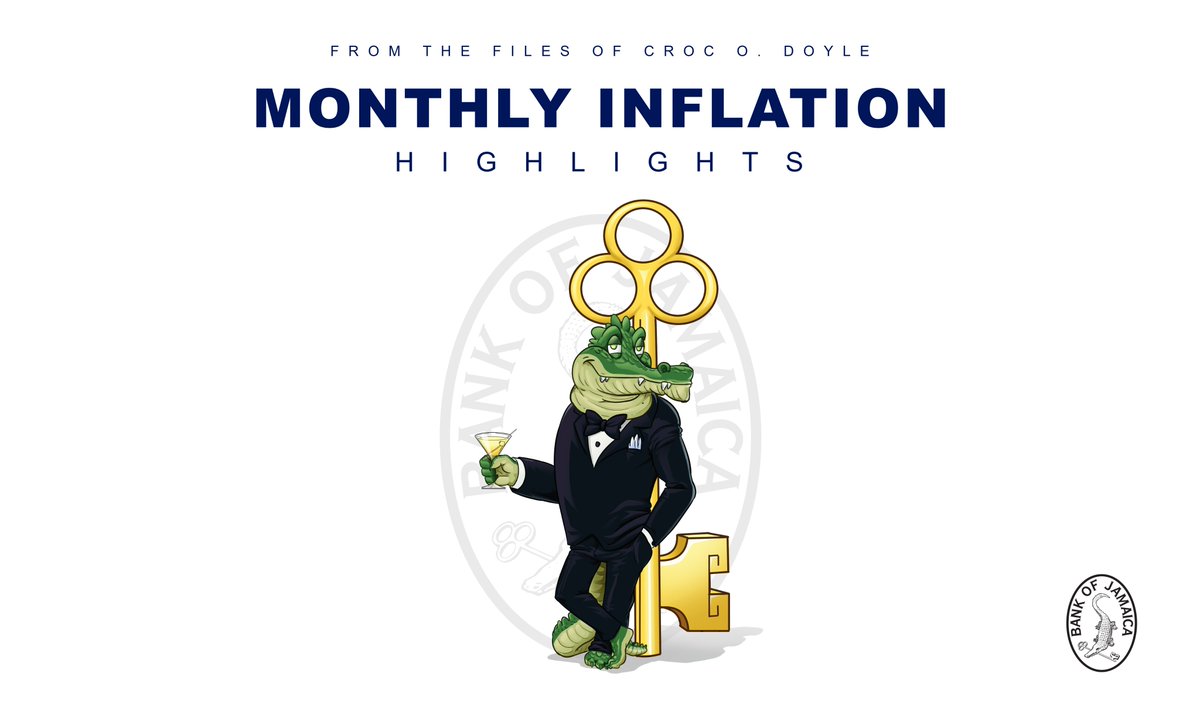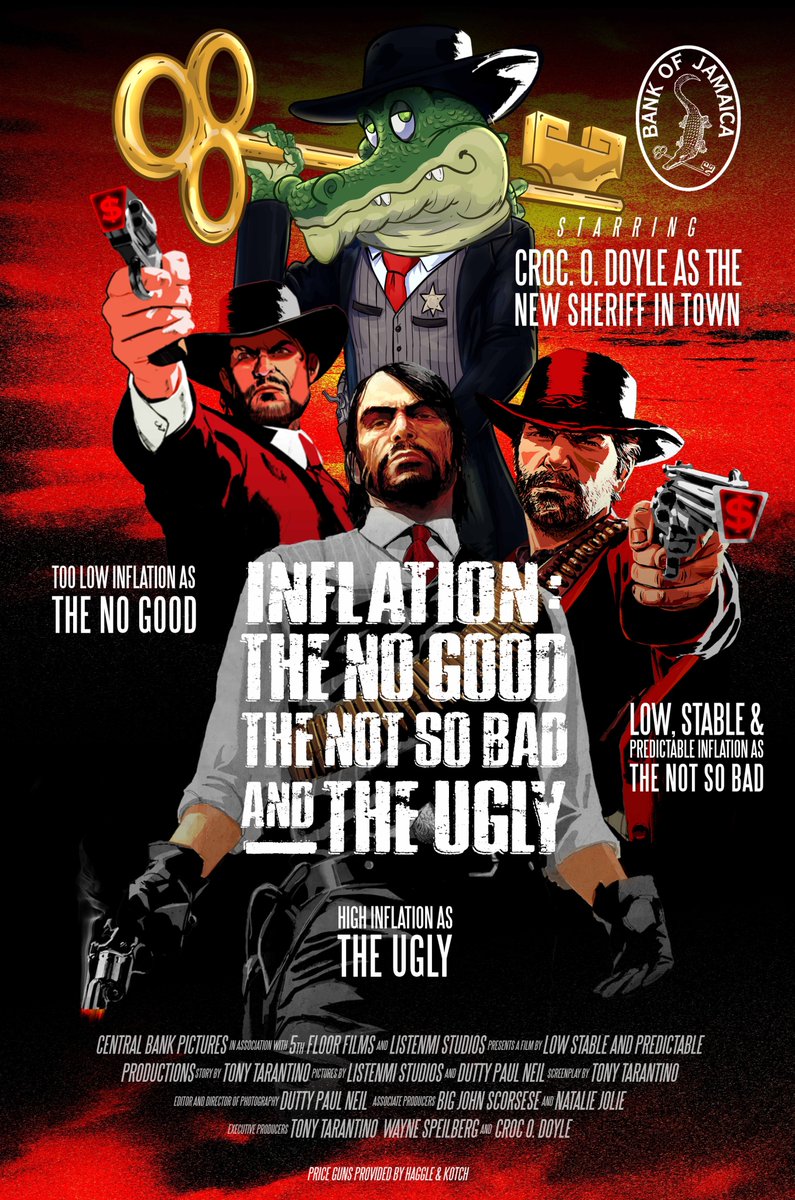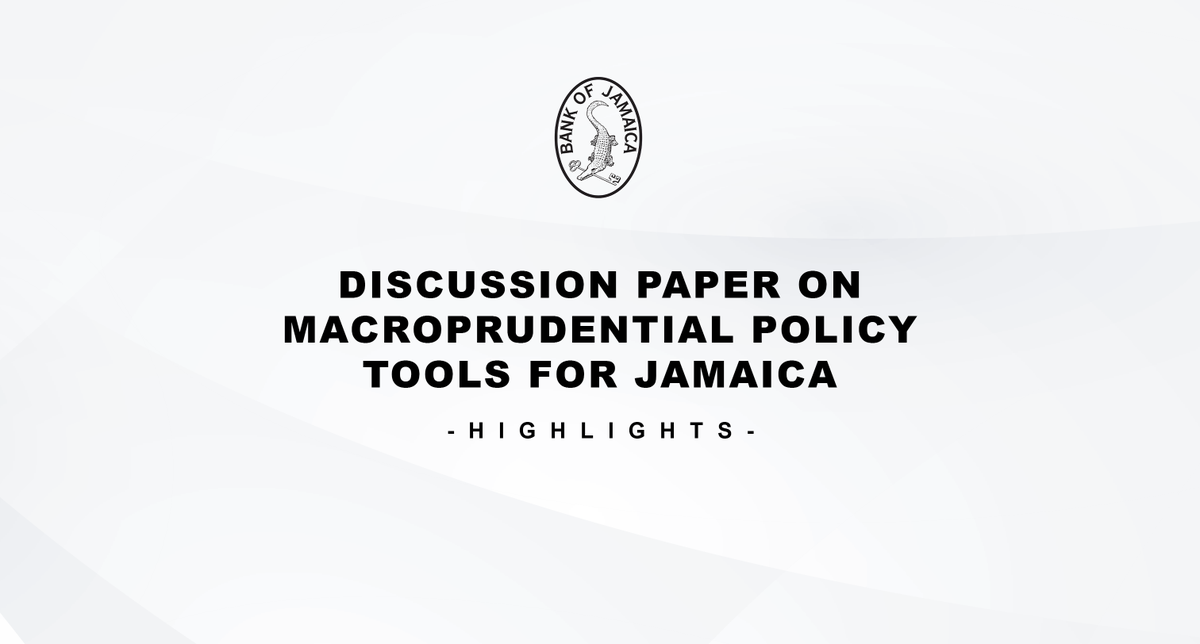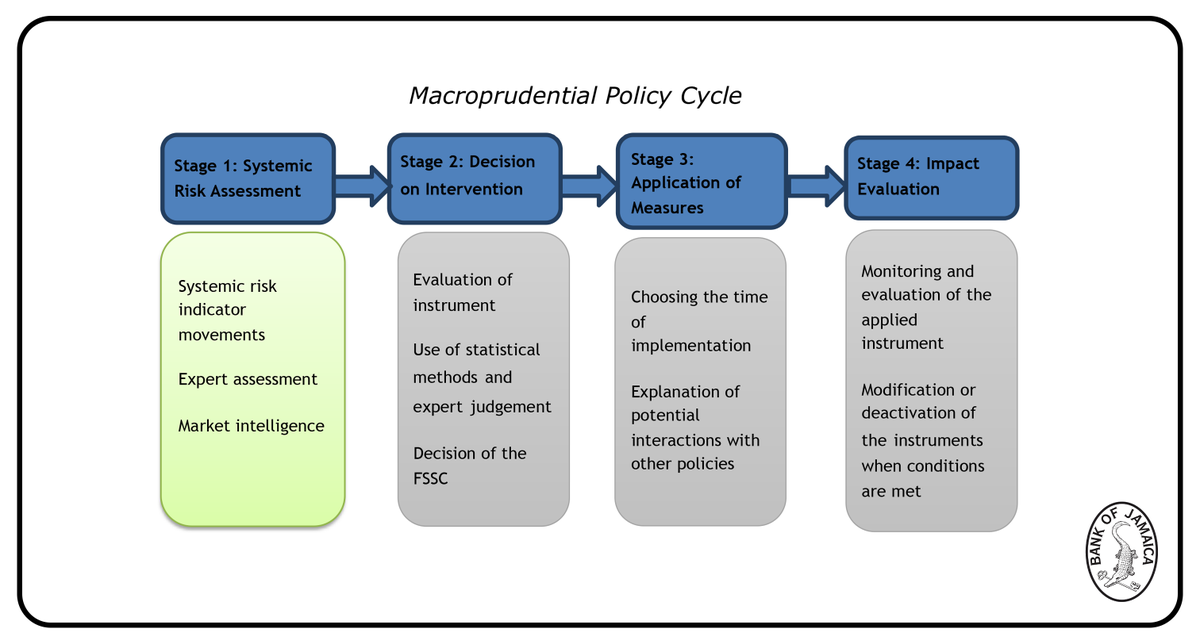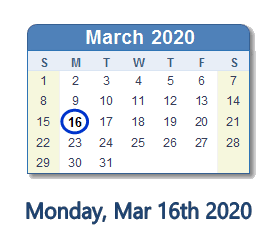
2: Oh, boy…it’s been a strange and really busy time with many things going on all at once, so please bear with us!
3. Although we’ve kept you abreast in several other ways, the last time we took a comprehensive look at inflation trends with a thread here on Twitter, believe it or not, was last November! 🤦🏾♂️Let’s catch up from there.
4. In December 2020, the inflation outturn was within target at 5.2%, and lower than the 6.2% recorded in December 2019. The outturn was driven largely by higher vegetable prices and electricity rates. 

5. For some context, we should remind you here that last year ended with fears that recent flood rains would so disrupt agricultural food prices that the inflation path would drift above target.
6. Not to blow our own trumpet or anything (especially since we have no idea how to blow a trumpet) but you might recall we responded by reassuring you that if any breach occurred, it would be temporary. 

7. In keeping with that reassurance, in terms of inflation, the year got off to a good start, with the January 2021 result coming in within target at 4.7%. Again, this result was lower than the previous year, when January 2020 came in at 5.2%. 

8. Reflecting a reduction in prices for vegetables and starchy foods plus a decline in electricity rates, price levels in January 2021 decreased by 1.6% relative to December 2020. 

9. Annual point to point inflation in February 2021 stood at 3.8%, just below BOJ’s 4-6% target range, and well below the 5.9 % recorded in February 2020. This result was largely influenced by reductions in vegetable and starchy food prices. 

10. Such a low-key result in February was definitely not a good look for Valentine’s Day, 💔😥but the good news is that things are looking better already! 

11. Inflation was quickly back within target range in March, coming in at 5.2%, higher than the 4.8% recorded in March 2020. This result reflected increases in house rental costs and electricity rates, in addition to increases in the prices of starchy foods and vegetables. 

12. Inflation dipped again in April, coming in below the target range at 3.8 %. This was also below the 5.5% recorded in April 2020. This result was powered by a month over month decrease in electricity rates as well as lower agricultural prices. 

14. And now for the latest figures - *drumroll* - the annual point-to-point inflation result for May 2021 was dead on target at 5.0%, smack in the middle of the 4-6% target range. This result was above the 4.7% recorded in May 2020. 

15. Among other factors, this result reflected the impact of higher grain prices, increases in the prices of starchy foods, plus higher petrol, electricity, and sewage prices. 

16. Looking forward, yes, we’ve noted the increasing commodity prices, the shipping prices, and increased inflation elsewhere, and yes, these factors will have some impact, but once again, as we did after last year’s flood rains, we can assure you that there’s no need to panic.
17. This is especially because we don’t expect these prices to keep increasing, and so we don’t expect them to push the entire inflation path out of line. 

18. No central bank can prevent external shocks, but if these factors do disturb our target at any time, what we promise is to bring inflation back in line quickly and not allow any deviation to become a trend.
19. Just as we did last year, and as we’ve been doing all year, rain or drought, pandemic or not, we intend to keep inflation fairly low and under control, even if we have to call in Spice, Shaggy and Sean Paul to help!
20. Thank you for your kind attention!🙏🏾
• • •
Missing some Tweet in this thread? You can try to
force a refresh







